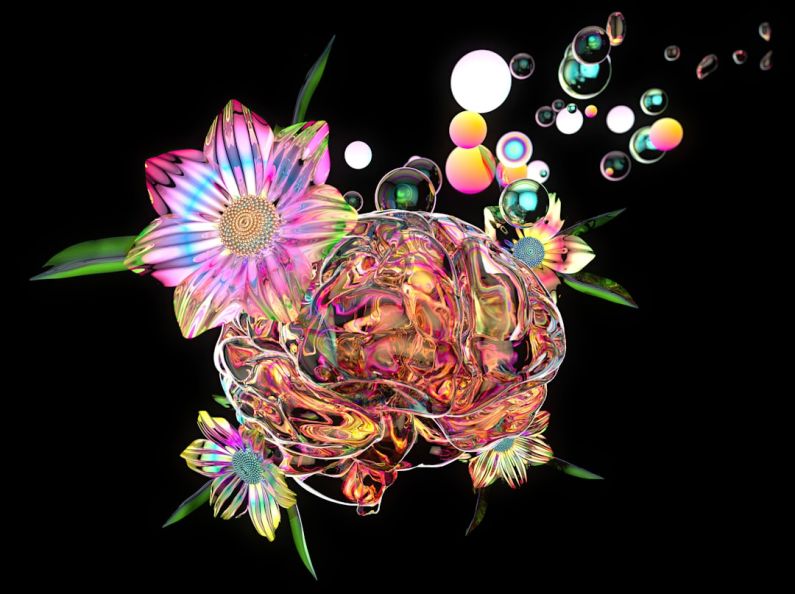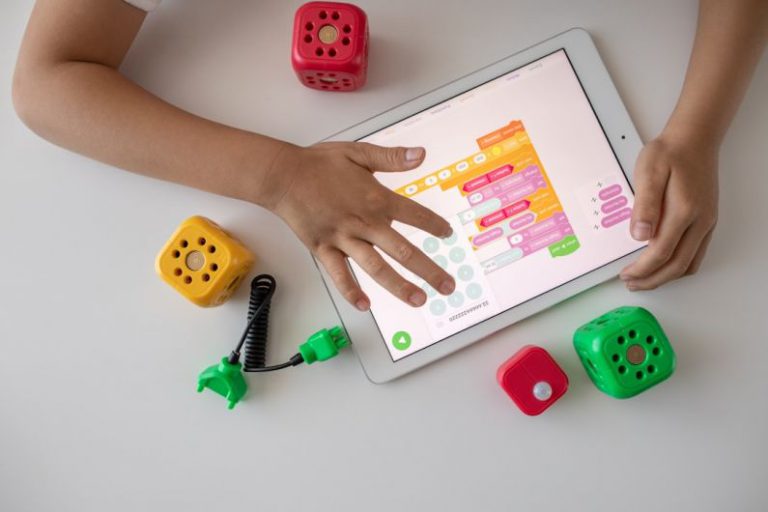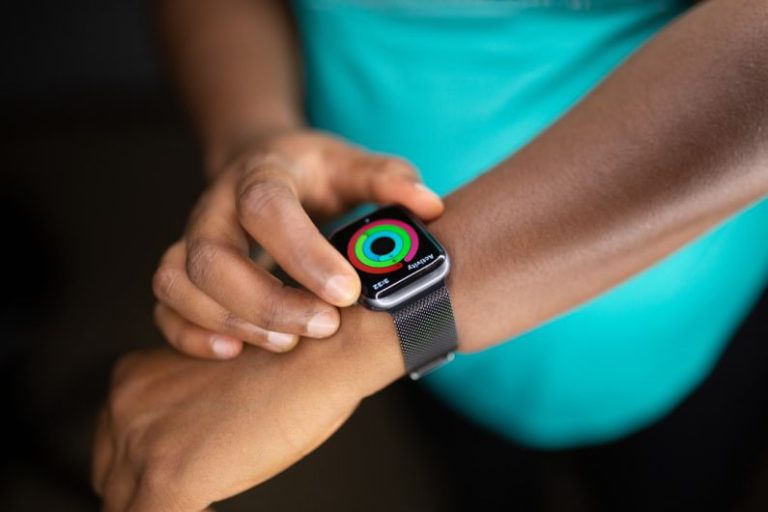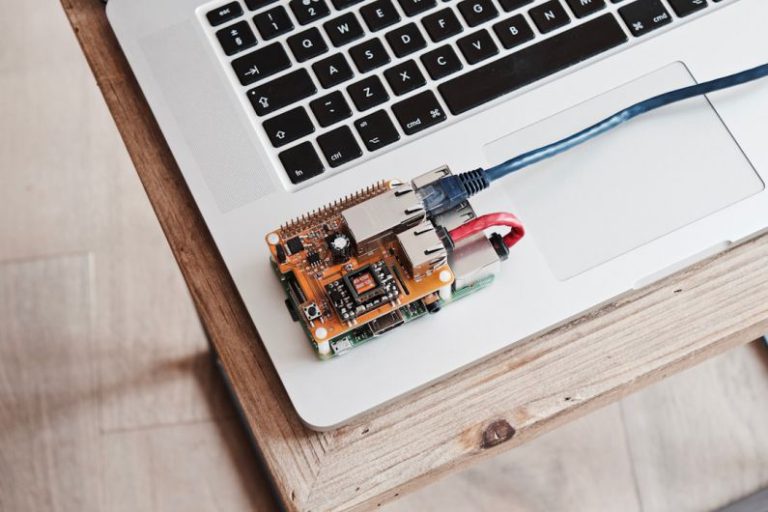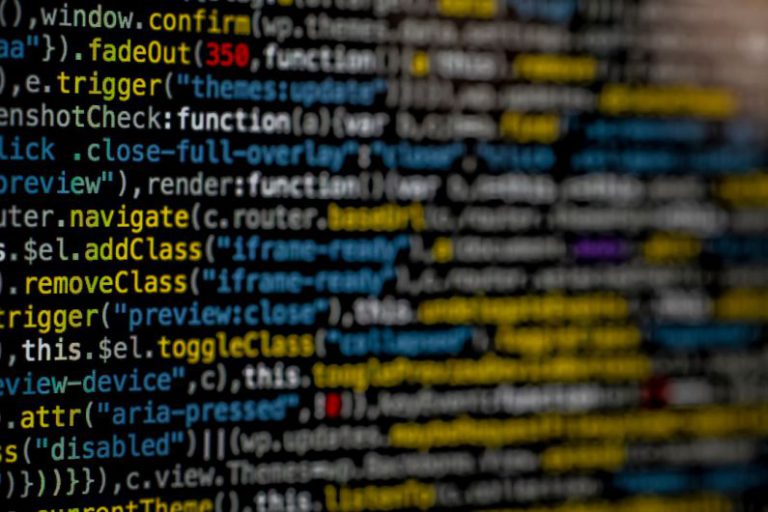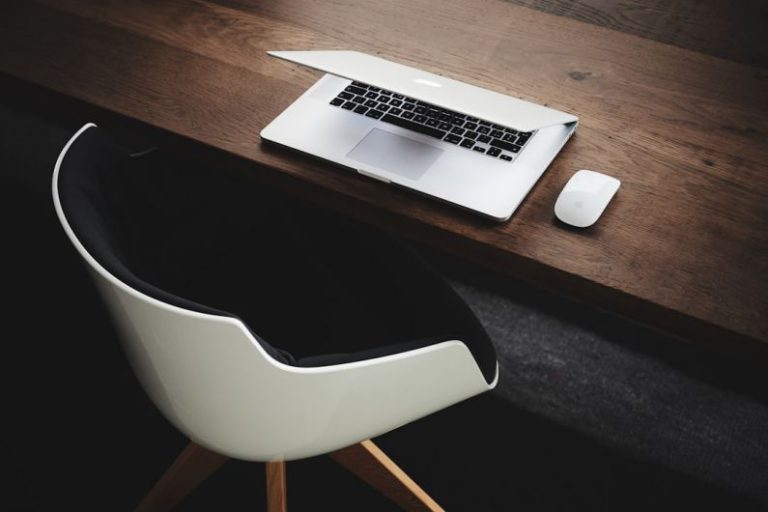The Role of Artificial Intelligence in Creativity and Design
Artificial Intelligence (AI) has revolutionized various industries, and its impact on creativity and design is no exception. The integration of AI in these fields has sparked a new wave of innovation, challenging traditional methods and expanding the possibilities of what can be achieved. From generating unique designs to streamlining creative processes, AI has proven to be a valuable tool for artists, designers, and creators across different disciplines.
Enhancing Creativity through AI
AI has the ability to enhance creativity by providing artists and designers with new tools and techniques to explore and experiment with. One of the key ways AI does this is through the generation of unique and original designs. By analyzing vast amounts of data and patterns, AI algorithms can create designs that are innovative and unexpected, pushing the boundaries of traditional design aesthetics.
Moreover, AI can assist in the ideation phase of the creative process by offering suggestions and insights based on the data it has processed. This can help artists and designers overcome creative blocks and explore new directions they may not have considered otherwise. AI’s ability to analyze trends and predict future design directions also allows creators to stay ahead of the curve and produce work that is both relevant and impactful.
Streamlining the Design Process
In addition to enhancing creativity, AI plays a crucial role in streamlining the design process. By automating repetitive tasks and optimizing workflows, AI enables designers to focus more on the creative aspects of their work. For example, AI-powered tools can generate multiple design iterations in a fraction of the time it would take a human designer, allowing for faster prototyping and iteration.
AI can also assist in the personalization of designs, helping creators tailor their work to specific audiences or individual preferences. By analyzing user data and behavior, AI can recommend design elements that resonate with target demographics, ensuring that the final product is both visually appealing and engaging.
Collaboration between Humans and AI
While AI has the potential to revolutionize creativity and design, its true power lies in collaboration with human creators. By working hand in hand with AI, artists and designers can leverage the technology’s capabilities to augment their own skills and expertise. This collaborative approach not only enhances the creative process but also leads to the development of groundbreaking and innovative work that transcends what either humans or AI could achieve alone.
Furthermore, AI can help democratize creativity by making design tools more accessible and intuitive to a wider audience. By simplifying complex design processes and offering user-friendly interfaces, AI empowers individuals with limited design experience to create professional-quality work with ease. This democratization of creativity opens up new opportunities for aspiring artists and designers to showcase their talents and contribute to the creative landscape in meaningful ways.
The Future of AI in Creativity and Design
As AI continues to evolve and advance, its role in creativity and design will only become more prominent. From virtual reality to augmented reality, AI-driven technologies are reshaping how we interact with art and design, blurring the lines between the physical and digital worlds. The possibilities are endless, and the potential for innovation is limitless.
In conclusion, the integration of AI in creativity and design represents a transformative shift in how we approach artistic expression and problem-solving. By harnessing the power of AI to enhance creativity, streamline design processes, and foster collaboration between humans and machines, we are entering a new era of innovation and possibility. As we embrace the opportunities that AI presents, we are not only redefining what is possible in art and design but also shaping the future of creativity for generations to come.
